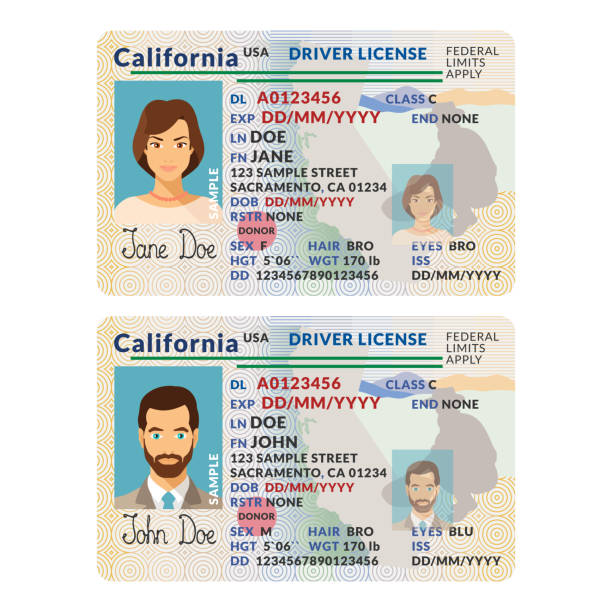
Expert Tips for Identifying Scannable Counterfeit IDs
As ID security has become increasingly important in the modern era, it is essential for businesses to understand how to properly and accurately identify counterfeit IDs. In recent years, counterfeits have become more sophisticated and scannable, making it even more difficult to identify them. Businesses need to make sure that they are equipped with the latest technology and the most up-to-date training to ensure that they are able to successfully detect counterfeits. This blog post explores expert tips for identifying scannable counterfeit IDs. Developing an understanding of the characteristics of scannable counterfeit IDs, as well as developing skills in using the latest scanning technology, can help businesses protect themselves against counterfeits. We will cover the basic fundamentals of ID security, the latest trends in counterfeit IDs, and provide expert tips to identify and properly process them.
1. Inspect for watermark, holograms and security features
One of the most important tips for identifying counterfeit IDs is to inspect for the presence of watermarks, holograms, and other security features. Watermarks are usually seen on the back of official IDs and can only be seen in certain lighting. Holograms, on the other hand, are three-dimensional images that are embedded in the ID and become visible when the ID is tilted. Other security features to look for include microprinting, single-color UV printing, and laser-engraved images. All of these are difficult to replicate, so the presence of these features is a good indication that the ID is legitimate.
2. Analyze the material of the ID and compare to known legitimate IDs
The material of an ID is one of the most important indicators of its legitimacy. While modern IDs should all be made of sturdy plastic, some counterfeit IDs may be made of poor quality materials such as paper or even cloth. If the ID feels too flimsy, or if it has a strange texture that doesn’t match legitimate IDs, it is likely a fake. It’s important to compare the material of the ID to known legitimate IDs to ensure it is not a fake. Make sure to pay attention to any differences in texture, weight, and thickness.
3. Verify signature, date of birth, and expiration date
Verifying the signature, date of birth, and expiration date are some of the most important steps in identifying a counterfeit ID. When looking at a signature, make sure it is consistent with the person’s signature on other documents, if available. It should not appear to be a copy of someone else’s signature. Additionally, the expiration date should never be in the past and the date of birth should match the age of the person presenting the ID. If any of these elements appear suspicious, it is best to be cautious and ask for additional identification.
In conclusion, counterfeit IDs are getting more and more difficult to identify, but there are still ways to make sure you’re not falling victim to fraud. Taking the time to thoroughly examine the ID, paying attention to small details like holograms, font, and color, and using a UV light scanner for further verification are all good ways to ensure that the ID you are presented with is a legitimate one. With the right know-how and tools, it’s easy to identify counterfeit IDs and protect yourself from fraud. Buy fake ids fake IDs are of the highest quality and can be used to impersonate someone else.